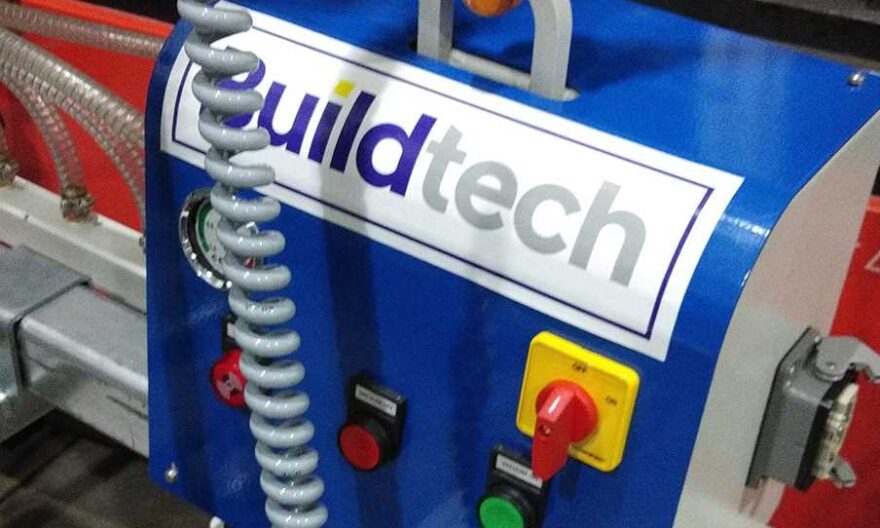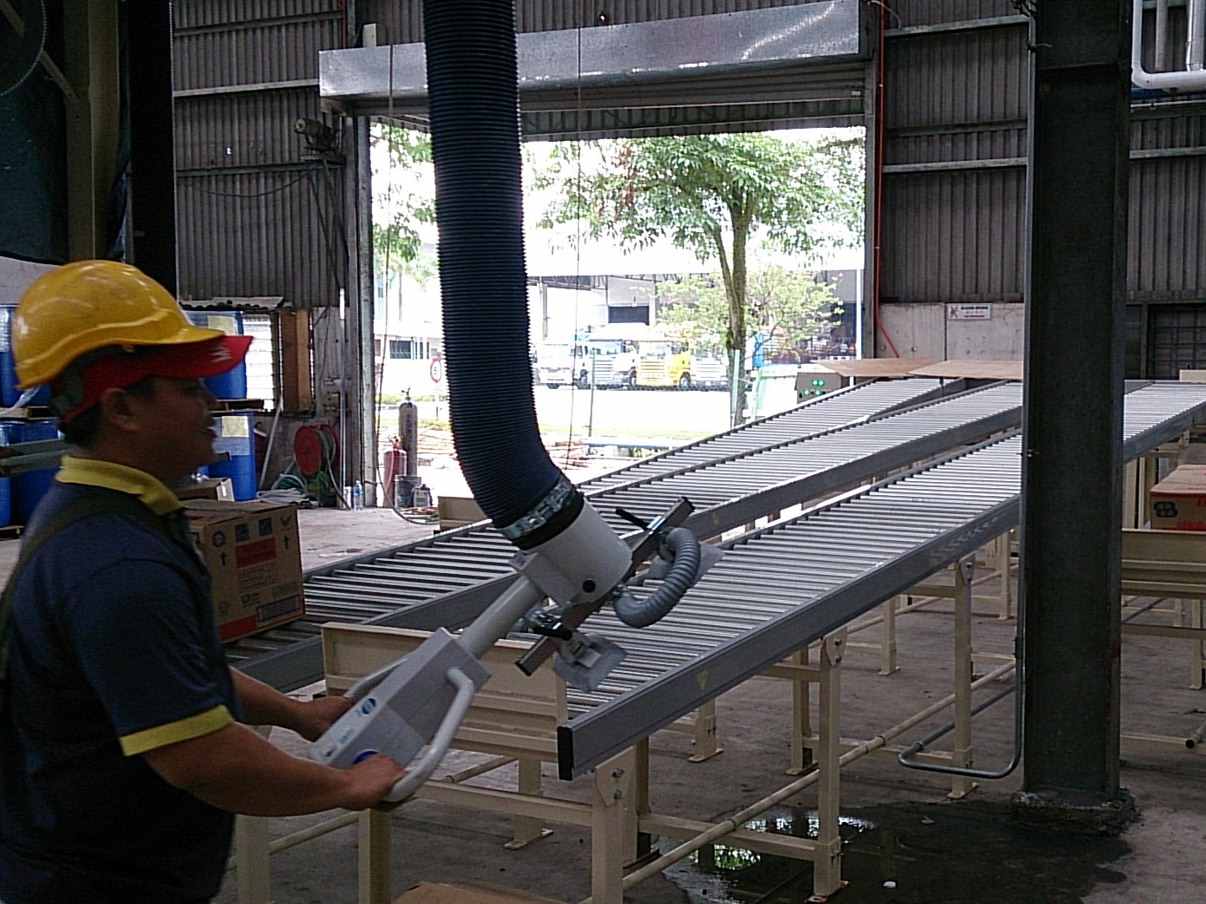
Efficiency and productivity are the keys to almost every business operating within a highly competitive environment today. From manufacturing and distribution to logistics and retail, material handling is essential to keep companies running fast and smoothly, eliminating any downtime and maintaining an optimum workflow.
As businesses become more focused on their bottom line and strive to increase it, investing in material handling technology is critical. Material handling includes various movements covering the protection, control, storage, and movement of products or materials. From the movement of raw materials to completed products and from consumption to disposal, material handling impacts various operations.
Technological advancements have transformed the face of material handling, providing solutions to centuries-old challenges or requirements. If these innovative material handling solutions can be installed, it’s up to business owners to discover. This is how businesses can benefit from the latest material handling technology:
Automation and Robotics:
One of the most transformative forces in material handling is automation. With the assistance of robotic systems, businesses can benefit significantly from automation in several ways, ranging from streamlining processes to ensuring the cost-effectiveness and accuracy of the entire system. Robots are efficient in handling repetitive and highly precise activities. They can move heavy loads into and out of pallets, sort random items, and accurately pack products simultaneously.
In addition, these machines can perform similar duties on end without errors. Robots are not only productive, but they also work at a constant speed that humans cannot and are more effective, even in the highest-demand production settings. Automation in material handling takes a three-pronged approach to improve ROI: reducing the impact of manual labor and expending cost; Efficiency in processing that leads to improved throughput and processing large volumes in the record time possible; and accuracy that ensures little to no mistakes during handling processes.
Robots have reduced many errors during material handling. These machines accurately pick and place items according to companies’ standards and pack items uniformly. The result is that more errors are minimal or no dull moments. This protection shields the company’s brand and company image, mitigates irreparable industry errors, and lowers costs that can result in higher Working rates.
Warehouse Management Systems (WMS):
WMS software is one of the WMS software examples as the cornerstone of modern warehouse management. Designed as a comprehensive toolkit, WMS systems improve every element of their operations. In addition to pioneering the seamless integration of advanced algorithms and real-time data analytics, WMS systems grant companies the ability to collaborate on inventory movements.
As the software platform, WMS offers a bird’s eye view of the warehouse’s stock movements to the client. Inventory management and WMS enable you to monitor inventory levels, item locations, and order demands to respond to changes proactively. They can now sustain critical stock from stock outs and get important products to the customers faster. WMS solutions also use algorithms to allocate suitable saving space within the warehouse for their usage.
Since the stage of the product can vary in size and shape, companies must ensure that goods are stored in the most versatile method possible. Functions that collaborate on product frequencies, downtime between picking merchandise from a designated location, and turnover are used by WMS systems to utilize space more efficiently. They have the ability to fill all accessible storage space and lessen the urge to create or need added storage at all.
Internet of Things (IoT):
IoT technologies are at the heart of a modern material handling ecosystem, providing a secure link between all the devices and sensors scattered across the operating space. With these integrated systems, companies can take data-driven action and start utilizing a novel approach to maintenance and order fulfillment. Through IoT-connected sensors, companies gain full access to the condition of their equipment or machinery. Key indicators such as temperature, pressure, or vibrations are checked in real time from any relevant location. Such granular detail allows for the collection of data on equipment health or function and the need for preemptive action in case a change that leads to downtime occurs.
Moreover, IoT sensors are essential for inventory purposes. They help monitor the stock, provide accurate and timely volume and placement information, optimize the stocking processes for maximum efficiency, reduce stock outs, and assure an increased replenishment cycle completion rate. This approach enhances the ability of a business to make decisions on which workflows or production facilities to allocate to certain orders and meet customer demand in the shortest possible time frame.
Furthermore, IoT technologies are used to monitor equipment, track stock, and identify operational bottlenecks or issues. Through sensors installed along the handling ecosystem, companies can not only monitor the condition of the equipment and measure the efficiency of order fulfillment and packing but also identify red flags and sources of errors in their processes to streamline and coordinate workflows accordingly. This approach to data allows for more efficient operations, reduced operational costs, increased operational utilization, and increased throughput.

Augmented Reality (AR) and Wearable Technology:
Combining AR with wearable technology initiates a new era in how workers interact with their surroundings in material handling environments. For instance, AR-enabled smart glasses serve as a medium for real-time instructions that allow warehouse employees to blend digital knowledge into their physical surroundings seamlessly. They superimpose pertinent data on the user’s field of vision, including instructional materials like step-by-step demonstrations for complicated processes, virtual maps of the warehouse space, and real-time inventory updates.
This type of information overlay puts all of the resources workers need to be successful and independent at their fingertips, enabling them to complete their tasks efficiently and accurately. They also give workers rapid access to situational awareness technology by immediately informing them of whatever task they need to accomplish. Any new workers demand to be given field for material handling, and staff will be instructed in objectives, making them more responsive to the surroundings. Explicit instructions are given to some weapons, and a diagram is displayed to tell them where they are working.

